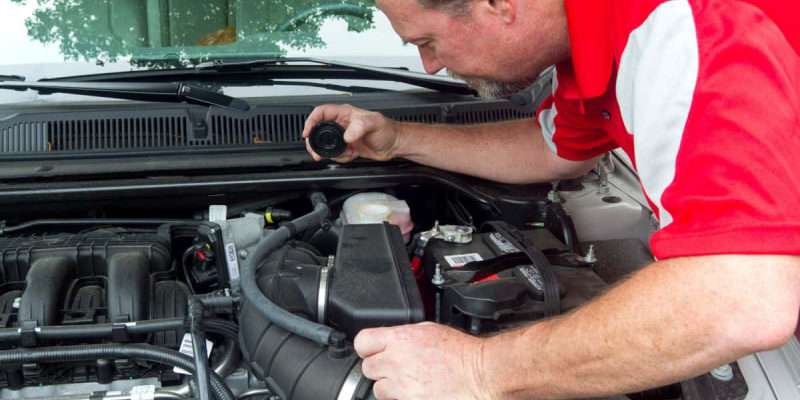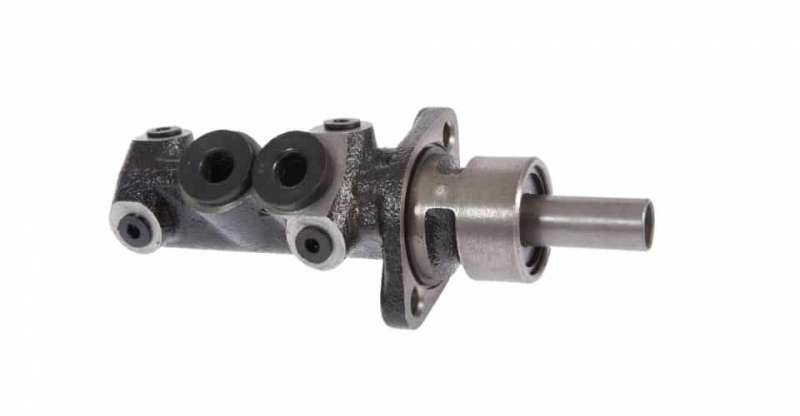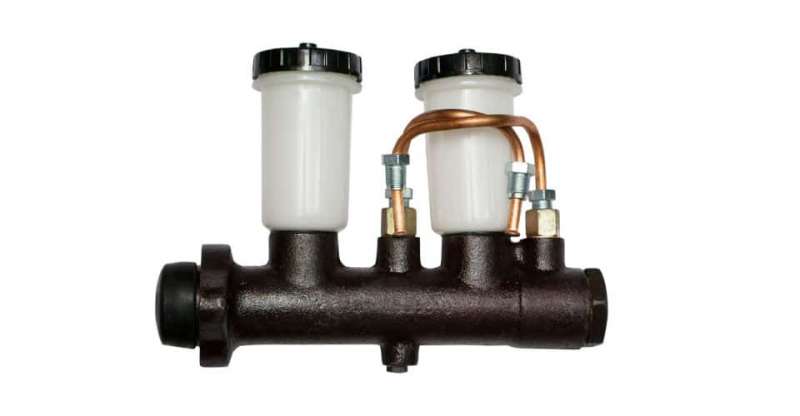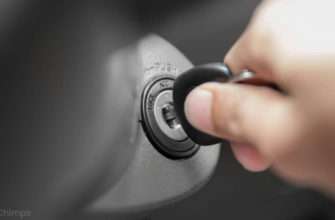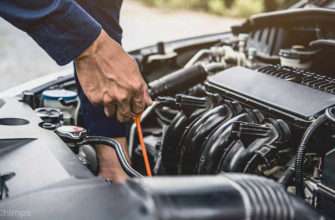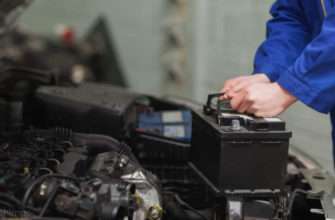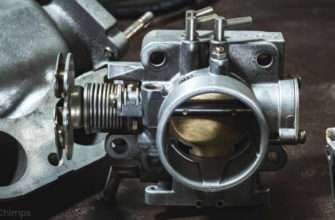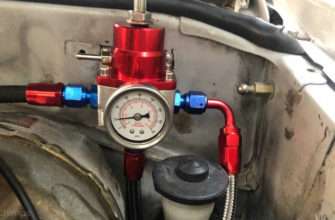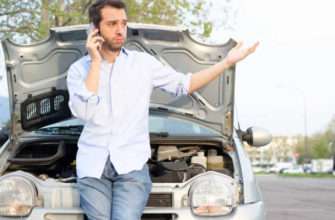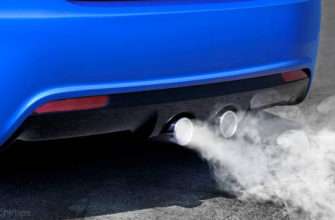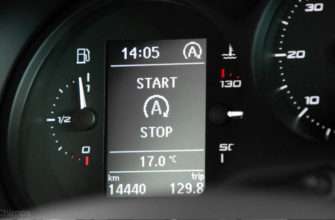In recent years, over 20% of car accidents were caused by brake issues. Find out if you have a bad brake master cylinder and replace it immediately. Every day we’re faced with situations out on the road, where if our brakes didn’t work as planned, we’d be in serious trouble. In fact, the NHTSA reports that between 2005 and 2007, 22% of US accidents were caused by brake-related issues.
One component, the brake master cylinder, is in charge of sending brake fluid through the brake lines to the caliper. This allows it to squeeze the pads against the rotors, which creates friction and slows the vehicle. Are you wondering how you can tell if your master cylinder needs replacing?
Symptoms include a brake light appearing, a spongy pedal, or if it sinks to the floor when pressed. One possible issue is a worn seal, which can allow contaminants into the system. This may also cause a leak, meaning there’s not enough brake fluid for the master cylinder to function.
Finding out that your brakes aren’t functioning as intended can be alarming. Thankfully, in this guide, we will explain in detail how to tell if your master cylinder needs replacing. But first, let us take a close look at what a master cylinder is and how it works. Let’s jump into it!
What Is A Master Cylinder?
There are many components to a modern disc braking system, including a master cylinder, brake pads, a caliper, and a rotor. Once you press the brake pedal, the master cylinder sends pressurized brake fluid to the caliper. The caliper then squeezes the pads against the rotor, creating friction and slowing wheel rotation. As you can see, the first step in the process is that the caliper receives brake fluid sent from the master cylinder. If there’s something wrong with the master cylinder, the rest of the system can’t operate.
The system works like this: the brake pedal is directly connected to what’s known as a pushrod. When you step on the brake pedal, it pushes the pushrod further into the sealed master cylinder. Inside the master cylinder are two pistons and two springs, which the pushrod presses against.
Attached to it is a reservoir filled with brake fluid, which floods the master cylinder via small ports. These ports are regularly closed, but when the pushrod is pressed against the pistons and springs, it causes them to open, allowing fluid in. The fluid then gets sent through the brake lines to the calipers, allowing them to carry on the braking process. Once you release the brake pedal, the springs return it to their regular position.
Signs It’s Time To Replace Or Repair Your Master Cylinder
Brake Warning Light Illuminates
If your vehicle is equipped with brake fluid or pressure sensors, then it will likely give off an alert if either of them drops too low. It will do so via either a specific “brake light” indicator or a check engine light.
If it lights up a brake light indicator, then you at least know which system is having an issue. If it only illuminates a check engine light, then you’ll have to use an OBD2 sensor or take it to a shop to diagnose the exact cause. You have to remember that the master cylinder is mandatory for your braking system to function. For this reason, be sure to tackle the issue before it leads to something worse.
Brake Pedal Sinks Or Feels Spongy
Here’s an easy one to notice. If you step on the pedal and it feels squishy, spongey, or less responsive, there’s likely an issue with the master cylinder. The brake pedal may also sink, meaning it doesn’t return to its regular position.
This usually happens due to a problem with the seals inside. Their purpose is to keep the fluid in so it doesn’t leak. If they’re worn or damaged, the fluid will seep out. When this happens, the calipers won’t receive enough to adequately squeeze the rotors and slow your vehicle.
Brake Fluid Is Low
There are three reasons you’ll find your car low on brake fluid.
The first is forgetting to add more, which should be done every 2-years or so. The second is similar to the last symptom – a leak due to a worn or damaged seal. The third is that the reservoir connection is unsecured, meaning fluid will seep out before reaching the master cylinder. The last thing you want is total brake failure, which can be disastrous. Instead, when in doubt, check your fluid levels.
To do this, simply locate the master cylinder cap on top of the reservoir and make sure it’s not low by reading the levels on the side. It’s usually found in front of the brake pedal near the firewall between the cab and the engine.
Contaminants In The Brake Fluid
Here’s another one that stems from worn or damaged seals – contaminants in the brake fluid. These seals don’t just ensure fluid stays in, they also keep things like dirt, rust, and dust from getting in. This usually coincides with a less responsive brake pedal, meaning you’ll have to press harder to get the same results.
You can also visually inspect the fluid to ensure it’s the correct color. It should be clear, perhaps with a slight yellow tint. If it’s dark brown, or turning black, then your brake fluid is contaminated. You might also notice gunk on the bottom of the master cylinder cap.
Brakes Master Cylinder Replacement/Repair Options
The cost for a brakes master cylinder replacement sits between $300-$800, depending on the make and model of your vehicle. You may also just need your system flushed, meaning they empty the old fluid and replace it with fresh new fluid. This service typically ranges from about $70 to $100. For master cylinder repair, which usually means replacing the seals, you can expect to pay between $200 and $300.
Don’t Ignore Your Master Cylinder
The last thing you want is to find yourself in a situation where your brakes give out. That’s very dangerous. Instead, if you start noticing signs that it’s failing. Like a check engine light, less responsive brakes, or discolored brake fluid, get it taken care of. Spending a few hundred dollars to resolve the issue is much easier than ending up in an accident.
